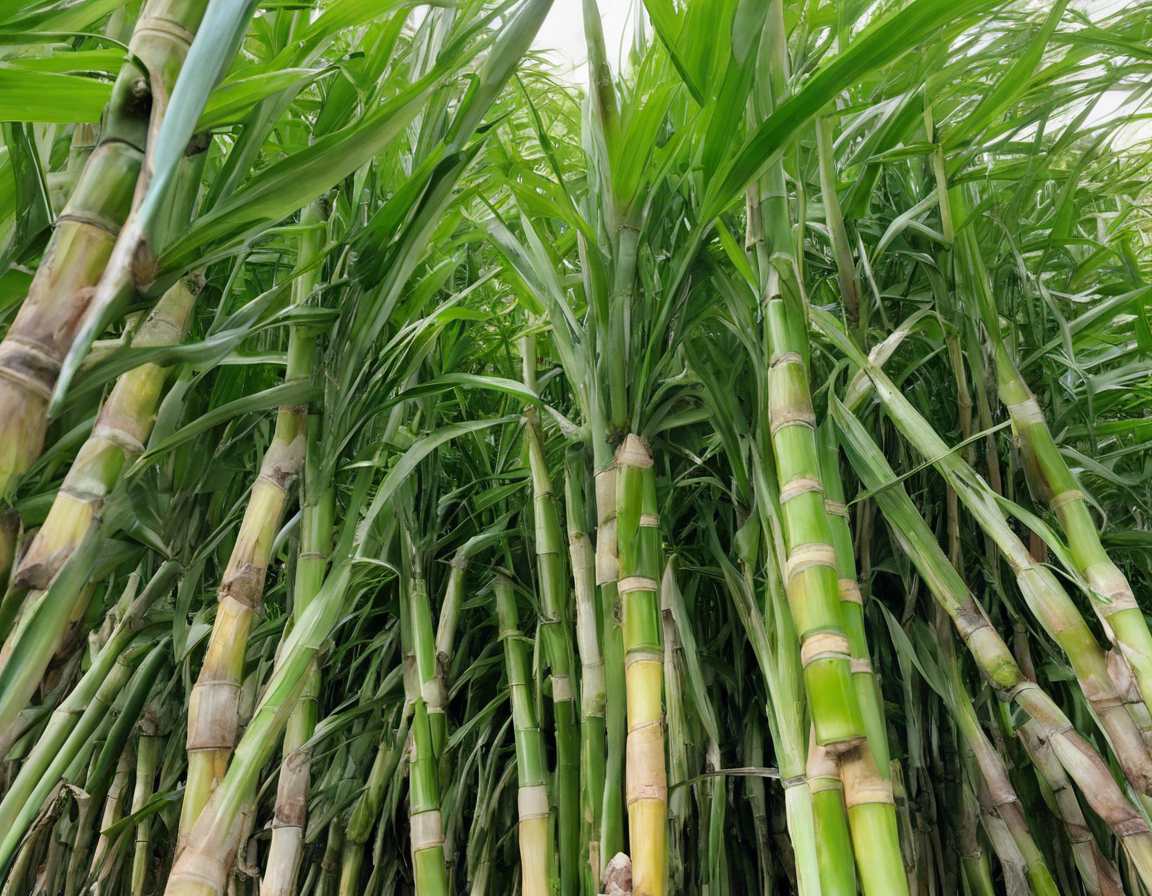Sugar cane, with its tall stalks and sweet juice, has been cultivated for centuries for its versatile use in food and beverage production. The genetics of the sugar cane strain play a crucial role in determining its yield, disease resistance, and sugar content. In this article, we will delve into the intricate world of sugar cane genetics, exploring its history, genetic composition, breeding techniques, and future prospects.
History of Sugar Cane Cultivation
Sugar cane (Saccharum officinarum) is believed to have originated in New Guinea and is one of the oldest cultivated plants in the world. It was later introduced to India, where the process of refining sugar from cane juice was developed. The cultivation and processing of sugar cane spread to China, the Middle East, and eventually to Europe through trade and exploration.
Genetic Composition of Sugar Cane
Sugar cane is a complex hybrid of several species within the Saccharum genus, with the most important being Saccharum officinarum, Saccharum spontaneum, Saccharum robustum, and Saccharum barberi. These species contribute different characteristics to the sugar cane plant, such as sugar content, disease resistance, and growth habits.
The genome of sugar cane is large and complex, making traditional breeding techniques challenging. The modern sugar cane cultivars are typically derived from interspecific hybridizations between the above-mentioned species, resulting in plants with desirable traits for commercial production.
Breeding Techniques in Sugar Cane
Breeding programs in sugar cane aim to develop cultivars with improved traits such as high sugar content, disease resistance, cold tolerance, and high yields. Traditional breeding methods involve cross-pollination between selected parent plants to create hybrid offspring with the desired characteristics.
In recent years, advances in molecular genetics have enabled marker-assisted selection in sugar cane breeding. This technique allows breeders to identify specific genes or DNA markers associated with desirable traits, accelerating the breeding process and reducing the reliance on time-consuming field trials.
Genetic Improvement in Sugar Cane
Genetic improvement in sugar cane is crucial for sustainable sugar production in the face of climate change, disease pressure, and increasing demand. Breeders are working to develop cultivars that are resilient to environmental stress, such as drought and salinity, while maintaining high sugar yields.
Genomic selection is a promising approach in sugar cane breeding, where whole-genome information is used to predict the performance of individual plants. This allows breeders to select for multiple traits simultaneously, leading to the development of elite cultivars with a well-rounded combination of traits.
Future Prospects of Sugar Cane Genetics
The future of sugar cane genetics holds great potential for sustainable sugar production and innovation in the agricultural sector. With advancements in genomic technologies and bioinformatics, breeders can gain a deeper understanding of the genetic basis of important traits in sugar cane and accelerate the development of improved cultivars.
Biotechnological tools such as genome editing and transgenic approaches offer new possibilities for precision breeding in sugar cane. These techniques allow for the targeted modification of specific genes to enhance traits like sugar content, disease resistance, and nutritional quality.
In conclusion, the genetics of the sugar cane strain play a vital role in shaping its characteristics and performance in commercial production. By harnessing the power of modern breeding techniques and genomic tools, breeders can develop resilient and high-yielding cultivars that meet the demands of the global sugar market while ensuring the sustainability of sugar cane cultivation for future generations.
Frequently Asked Questions (FAQs)
1. Is sugar cane a genetically modified organism (GMO)?
Sugar cane cultivars developed through traditional breeding methods are not considered genetically modified organisms (GMOs). However, biotechnological tools such as genome editing can be used to introduce specific genetic modifications in sugar cane.
2. What are the key traits that breeders aim to improve in sugar cane?
Breeders focus on improving traits such as high sugar content, disease resistance, cold tolerance, and high yields in sugar cane cultivars.
3. How long does it take to develop a new sugar cane cultivar?
The development of a new sugar cane cultivar can take several years, as breeders need to conduct extensive field trials and evaluations to ensure the desired traits are present in the new cultivar.
4. How important is genetic diversity in sugar cane cultivation?
Genetic diversity is crucial in sugar cane cultivation as it allows breeders to access a wide range of traits that can help in developing cultivars with improved characteristics and resilience to environmental challenges.
5. What role does molecular genetics play in sugar cane breeding?
Molecular genetics plays a significant role in sugar cane breeding by enabling breeders to identify specific genes or DNA markers associated with desirable traits, accelerating the breeding process and improving the efficiency of cultivar development.





